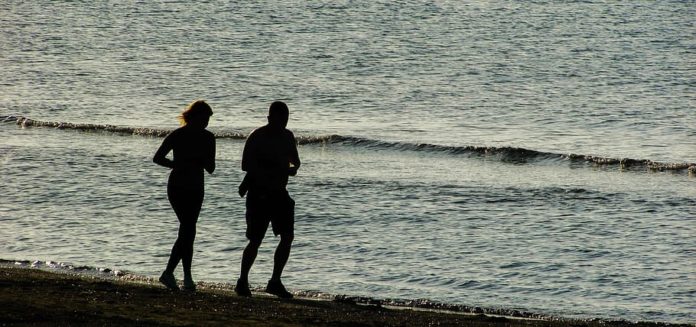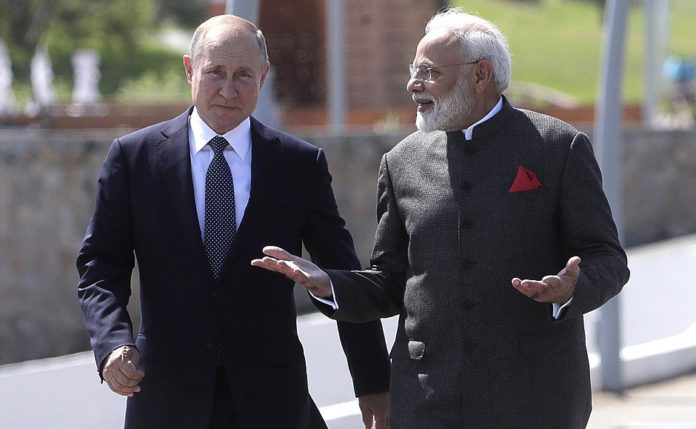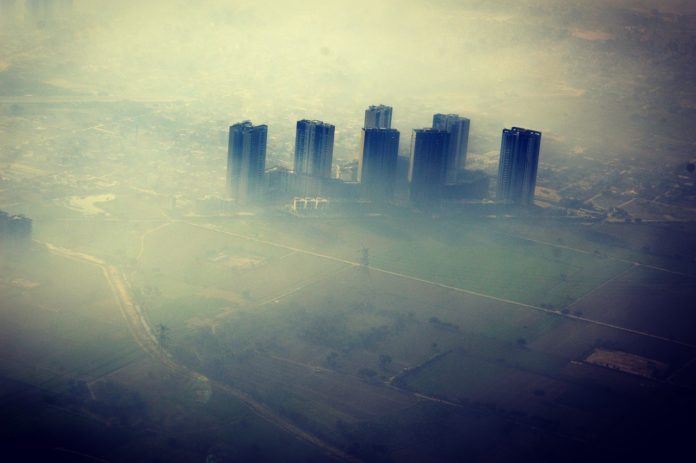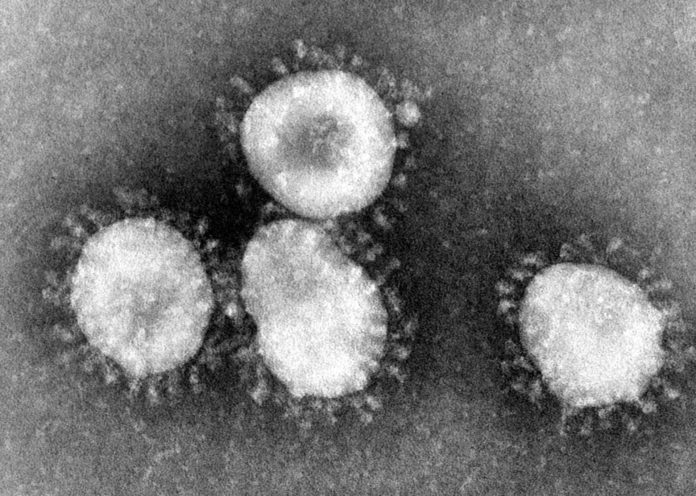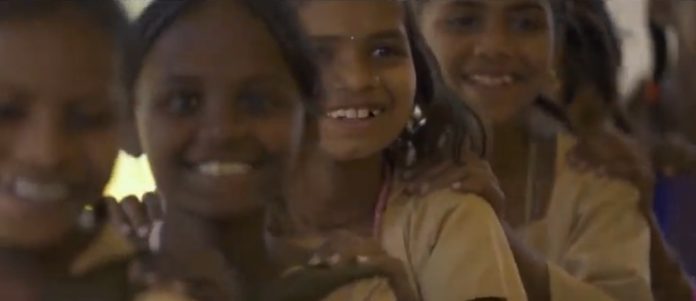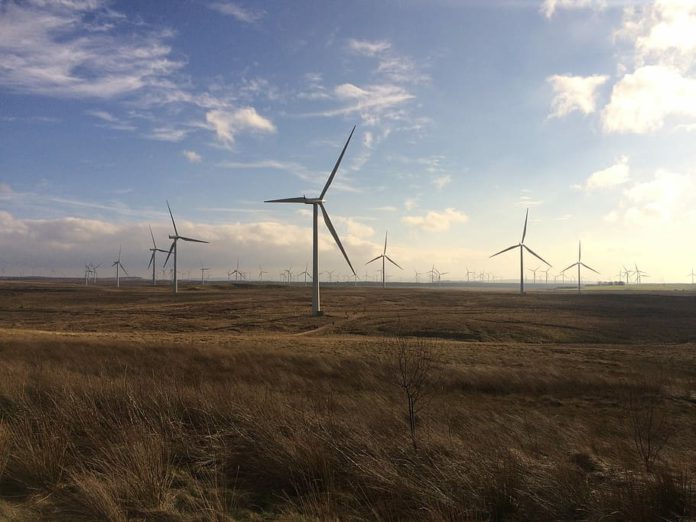New Delhi (NVI) At least 12 per cent of girls aged 18-21 had given birth in childhood and one third of those aged 18-21 were married before the age of 18 in Jharkhand, according to a study.
The study ‘The Situation of Adolescents in Jharkhand, conducted by a strategic philanthropy organization Dasra, focussed on areas of their lives, including education, sexual and reproductive rights (SRHR) employability, media access and early marriage.
According to the study, during which 15,963 adolescents and youth (10-21 age group) across 41393 households in 325 villages and urban wards were interviewed in Jharkhand, child marriage and teenage pregnancy continue to be the biggest barriers to youth empowerment in the state.
The report shows high prevalence of child marriage in Jharkhand where 4 per cent of girls aged 15-21 were married before the age of 15, and one third (33%) of those aged 18-21 were married before the age of 18 confirming the findings of National Family Health Survey (NFHS) -4 .
The data also suggests that early marriage is resulting in early child birth. While hardly any of the girls aged 15-21 had given birth before the age of 15.
The report said lack of awareness of contraceptives and health matters is making adolescent girls more vulnerable to Sexually Transmitted Diseases (STDs) and teenage pregnancy.
It also shows that 61 per cent of boys, 52 per cent of married girls and 19 per cent of unmarried had in-depth knowledge of one of the four methods of contraception is both suitable for adolescents and relatively accessible, that is oral pills, emergency contraception, condoms and Intrauterine device (IUDs).
Knowledge that a woman can become pregnant at first sex was far from universal even among married girls; just 8-11 percent of younger boys and girls, 27-28 percent of older boys and unmarried girls, and just half (52%) of married girls reported awareness.
Despite presence of a vast network of frontline Accredited Social Health Activists (ASHAS) and Anganwadi Workers (AWWs), only 7-14% of boys, 22-26% of younger girls and unmarried girls aged 15-21 had received any health-related information, counselling, referrals, supplies or services from AWWs or ASHAs during the year preceding the interview.
The Right of Children to Free and Compulsory Education Act (RTE), 2009 has made primary education free and compulsory.However, the report shows that many girls, especially married, discontinued their education prematurely.
While the school enrollment has reached 96-99 per cent among all unmarried adolescents in the state, around 12 per cent married adolescents are not enrolled in the school.
Around 93-94 per cent younger adolescents were enrolled in the school when the survey was taken but far fewer 15-21 old boys and unmarried girls were pursuing their education (64%).
The data reconfirms that girls who do not enter the schooling system or drop out prematurely are at greater risk than others of early marriage.
When the survey asked married girls (15-21 age group) reasons for irregular attendance, 60 per cent of them said it was due to household work and 12 per cent of them cited marriage and pregnancy as reasons.
10 to 19 Dasra Adolescents Collaborative, part Child in Need Institute (CINI), Dr. Indrani Bhattacharyya said adolescents face different vulnerabilities with respect to region, geographic location, exposure and traditional customs.
“The outcomes of the report give directions to explore the possibilities to create a safety net around them which will help to promote their agency and self-efficacy. The study also helps to understand the benefits of different schemes implemented by the Government so far,” she added.
Dasra Associate Director Shailja Mehta said that in NITI Aayog’s Sustainable Development Goals (SDGs) India Index 2019, Jharkhand is in the aspirant state category which needs to accelerate their performance towards SDGs. Rapid progress on SDGs can be achieved by nurturing young population to their fullest potential.
“The report recommends that the government and non-profit organizations need to focus on better implementation of the Rashtriya Kishor Swasthya Karyakram (RKSK) in the area of health, the Samagra Shiksha Abhiyan in the area of education, the National Skill Development Mission and Tejaswini programs in the area of skilling and employability, and, the SAG programme, the Nehru Yuva Kendra Sangathan, and the community based activities of the RKSK in the areas of empowerment and building leadership, ” she added.
All findings of the study point towards a need for empowering adolescents to make decisions related to their lives, education, marriage, health and mobility.

